Whether parasocial relationships are rewarding or dangerous depends on your mental health
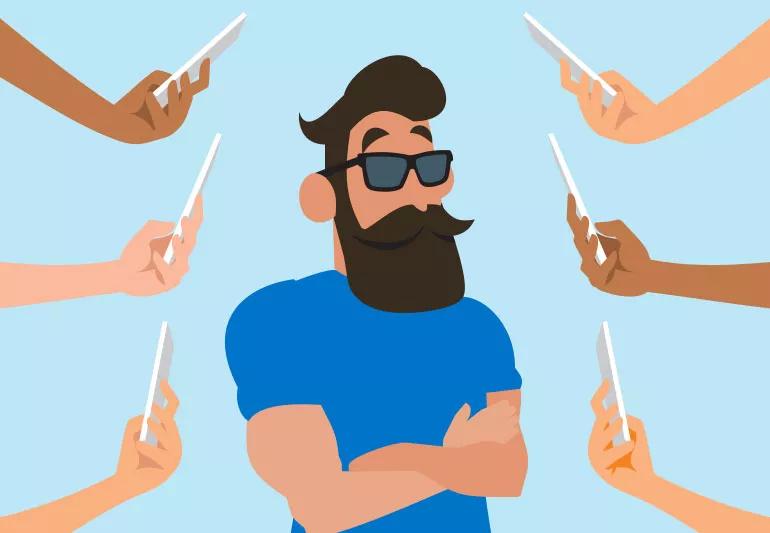
Have you ever spent an entire paycheck on a Harry Styles concert? Did you break down in tears when you heard that Prince passed away? Do you go on a social media rampage whenever you see a negative post about Serena Williams? Do you self-identify as a “Belieber,” “Murderino,” or “Cheesehead”? What about a stan? Does the word “delulu” mean anything to you?
Advertisement
Cleveland Clinic is a non-profit academic medical center. Advertising on our site helps support our mission. We do not endorse non-Cleveland Clinic products or services. Policy
If you answered “yes” to any of those questions, you’re in at least one parasocial relationship. Realistically, you’re probably in several. These days, it’d actually be a little weird if you weren’t.
Parasocial relationships are features of our daily lives, whether we know it or not. That’s why we talked to clinical psychologist Adam Borland, PsyD, about parasocial relationships. He explains what they are, why we have them and what makes them healthy or unhealthy.
Dr. Borland describes parasocial relationships as one-sided relationships or bonds with people you don’t know. The person in question is typically a celebrity, but it can also be a fictional individual — think the protagonist of your favorite book, the lovable cartoon sidekick from that one show or the non-playable video game character that’s waiting for you at the end of each level.
As The Atlantic puts it, parasocial relationships are imaginary friends for adults.
While the term may be new to you, parasocial relationships aren’t a new phenomenon. “Prior to social media and the internet,” Dr. Borland says, “people still talked a lot about admiring movie stars, athletes or some sort of public figure that they created a bond with. And it was more than just being a fan back then, too. Parasocial relationships are about having a really strong identification and sense of connection.”
Advertisement
While it’s not a new phenomenon, Dr. Borland adds that it’s easier to form parasocial relationships now than ever before. “Now that we all have an online presence, social media and access to a 24/7 news cycle, we have this information at our fingertips all the time,” he notes.
And that’s no accident. Parasocial relationships equal big money — for celebrities and the industries that pop up around them. It’s why Beyoncé is the queen of the Beyhive, why Lady Gaga plays proud mother to her Little Monsters and why BTS commands their “ARMY” (Adorable Representative M.C. for Youth). Cultivating a fanbase is serious business.
But that doesn’t mean it’s all business. Many famous people have genuine affection for their fans and want to be able to engage with them in safe, controlled settings. Live streams, subscription services and digital meet and greets make that possible. That technology has strengthened the perceived bonds between celebrity and fan — for both better and worse.
So, how do parasocial relationships unfold? They develop in the same way traditional friendships and relationships do: Through interaction.
First, you have to become acquainted. That first meeting can be in-person (they were the opener for your favorite band), digitally (their video popped up on your Instagram feed) or through friends who already have a parasocial bond with the individual (your roommate put up their poster). If — after that initial parasocial interaction (or two, or three) — you’re left with a lasting impression and desire to learn more, congratulations! You’ve graduated from a parasocial interaction to a parasocial relationship!
“The relationship really stems from repeated exposure to a public figure or a celebrity,” Dr. Borland explains. “That exposure creates a sense of intimacy and a perceived connection.”
Just like dating a real person, your parasocial attachment can grow, fizzle or change from there. And whether the parasocial relationship is healthy depends on the type and intensity of the attachment you form.
In 2006, researchers David Giles and John Maltby classified parasocial relationships into three subcategories: entertainment-social, intense-personal and borderline-pathological. The primary element separating these different types of affection is the amount of control you have over your feelings.
According to Giles and Maltby, the majority of parasocial relationships fall into the entertainment-social realm. In other words, you’re interested in a celebrity or character because you find them compelling, and because being a fan of theirs facilitates real relationships in your life.
Maybe you’re a member of a fan club. Maybe you and your friends enjoy gossiping about the latest scandal. Maybe you seek out information about the celebrity in books, magazines or online communities. In short: You know you don’t actually know person in question, but learning and talking about them is fun. There’s nothing wrong with that! In fact, it’s a great way to make new friends and learn new things.
Advertisement
The second most common category of parasocial relationships is the “intense-personal” variety. Giles and Maltby describe this level of attachment as reflecting “intensive and compulsive feelings about the celebrity.”
In an intense-personal parasocial relationship, you understand your relationship isn’t real, but you’re not fully in control of your feelings for the person or character in question either. It’s one thing to have a “celebrity crush.” Many of us do! But it’s another thing to be obsessed — to feel that a person you’ve never met is your soul mate, best friend or somebody who deserves to be worshipped.
People with intense-personal parasocial relationships may feel the need to check the celebrity’s social media every day, or struggle to focus on other things, like work or school. These intense emotions may prevent you from building close bonds with other people, or cause rifts when those around you don’t share your feelings.
The least common — and most dangerous — form of parasocial relationship is the borderline-pathological type. In these situations, a person can no longer control their thoughts, feelings or (in some cases) their behavior. A borderline-pathological parasocial relationship may lead to stalking or violence.
Advertisement
Giles and Maltby offer two examples of ideas that people with a borderline-pathological parasocial relationship might have. The first is, “I would gladly die in order to save the life of my favorite celebrity.” The second is, “‘If I walked through the door of my favorite celebrity’s house, they would be happy to see me.”
Perhaps the best known example of a borderline-pathological parasocial relationship is the one that compelled John Hinkley Jr. to shoot then-U.S. President Ronald Reagan in 1981. Following the assassination attempt, Hinkley revealed that he shot the President in an attempt to impress actress Jodie Foster.
Parasocial relationships aren’t good or bad. They just are. It’s best to think of them as a lens for understanding your mental health. If you experience parasocial relationships as positive, you’re probably in a pretty good place emotionally and socially. If your parasocial relationships feel overwhelming, or they start taking over your life, you may have some underlying mental health challenges to address.
Aside from being entertaining, parasocial relationships can also have a positive impact on your mental health. Here are a few reasons why:
Advertisement
While parasocial relationships can improve your mental health, they can also make it worse. “If someone deals with depression, a sense of loneliness or social anxiety, there’s the potential for a parasocial relationship to be problematic,” Dr. Borland warns. “That relationship may be providing a person something that doesn’t exist in their life.”
In those cases, a parasocial relationship can overtake the other relationships in a person’s life.
Of course, the worst outcome of an unhealthy parasocial relationship is violence — directed against oneself or others. But there are a lot of other signs of unhealthy parasocial relationships that, while less severe, are still serious. Here are a few examples of parasocial relationship red flags:
If you’ve concluded that your parasocial attachment is unhealthy, it may be time for a “break up.” But that might be easier said than done. After all, it’s a celebrity’s job to be hyper-visible.
So, how do you end a one-sided relationship? Dr. Borland suggests starting by acknowledging the situation. Get honest with yourself about how you’re feeling. Are you lonely? Are you sad? Disconnected? Are you maybe putting too much stock in this relationship? Do you feel like this relationship is the only good thing in your life? Admitting these things can be hard, but Dr. Borland stresses that it’s an important first step.
From there, it’s time to re-establish boundaries. Give that ticket to a friend. Take down the posters. Just say “no” to more merch. Here are some other steps you can take:
Relationships often end, including parasocial ones. And the process of mourning those losses can look surprisingly similar.
Parasocial relationships end for a number of reasons. Maybe your parasocial pal is convicted of a crime or does something you consider inexcusable. Maybe they just married somebody who 100% isn’t you. Maybe they’ve retired or passed away. Maybe the TV show’s been cancelled. Whatever the reason, the “real world” has intruded on (and altered) your fantasy relationship.
“I think it’s important to allow for that sense of mourning,” Dr. Borland advises. “Allow for the sense of loss, sadness and disappointment just as though it were a close personal relationship.”
He also suggests focusing on the positives as you grieve. What have you gained or learned as a result of the time you spent in this parasocial relationship? Is there something you can do to honor that relationship that would make a positive impact on the world? Is there somebody you could talk to that’s going through the same thing or who you trust not to judge you? Consider making a list of healthy ways to demonstrate self-compassion as you heal.
At their worst, parasocial relationships can encourage isolation, create conflict and exacerbate mental illness. But if you’re self-aware enough to recognize that a relationship is parasocial, you probably don’t need to worry that your attachment is unhealthy. Instead, enjoy it for what it is: A fun way to pass the time, meet people, learn new things and, in some cases, make a positive contribution to the world.
Learn more about our editorial process.
Advertisement

This manipulative tactic sucks people back into destructive relationships
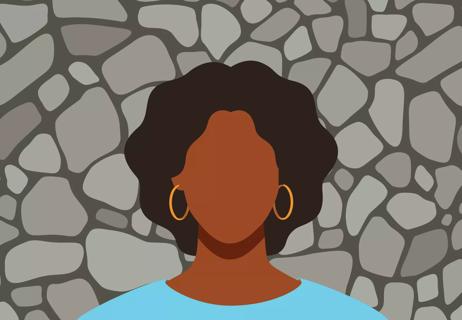
This toxic approach to conflict is unintentional or intentional and verbal or nonverbal
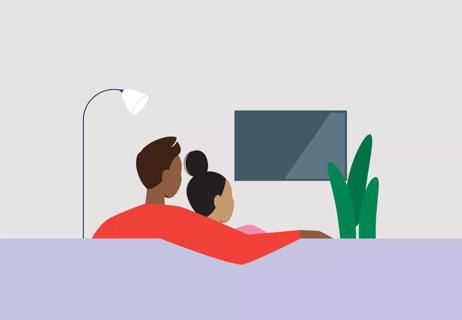
Communication and honesty are key to all relationships, even in ‘gray zone’ situationships
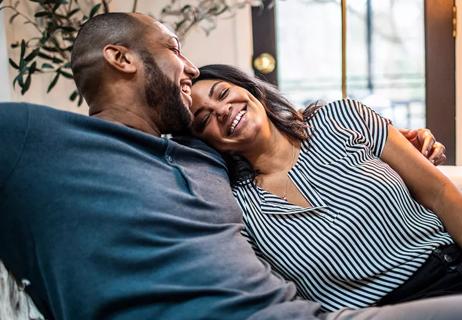
Communication is key, but so is kindness

To reignite the spark, work on strengthening your communication and reestablishing trust

Intense longing and extreme physical attraction can happen within seconds of seeing someone
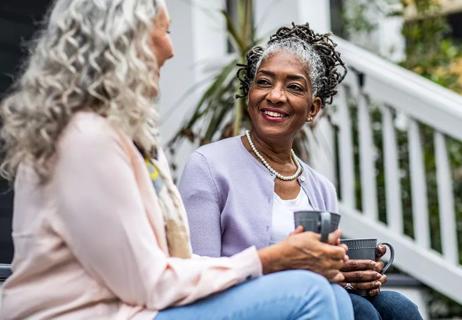
Healthy boundaries are important to put in place for friends, family and co-workers

It’s not hard when you appreciate yourself and ignore the expectations of others

Type 2 diabetes isn’t inevitable with these dietary changes

Applying a hot or cold compress can help with pain